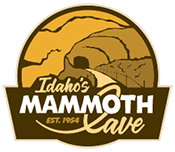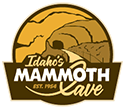Rising dramatically from the rugged terrain of the Hells Canyon region, the Seven Devils Mountains in western Idaho offer one of the state’s most breathtaking natural landscapes. Named for its dramatic peaks with mythical names like He Devil, She Devil, and Tower of Babel, this range is a treasure trove of outdoor adventure, geological wonder, and stunning views. Whether you’re hiking, camping, or simply taking in the vistas, the Seven Devils Mountains provide an unforgettable experience for anyone exploring beautiful places to visit in Idaho.
Geography & Geological History
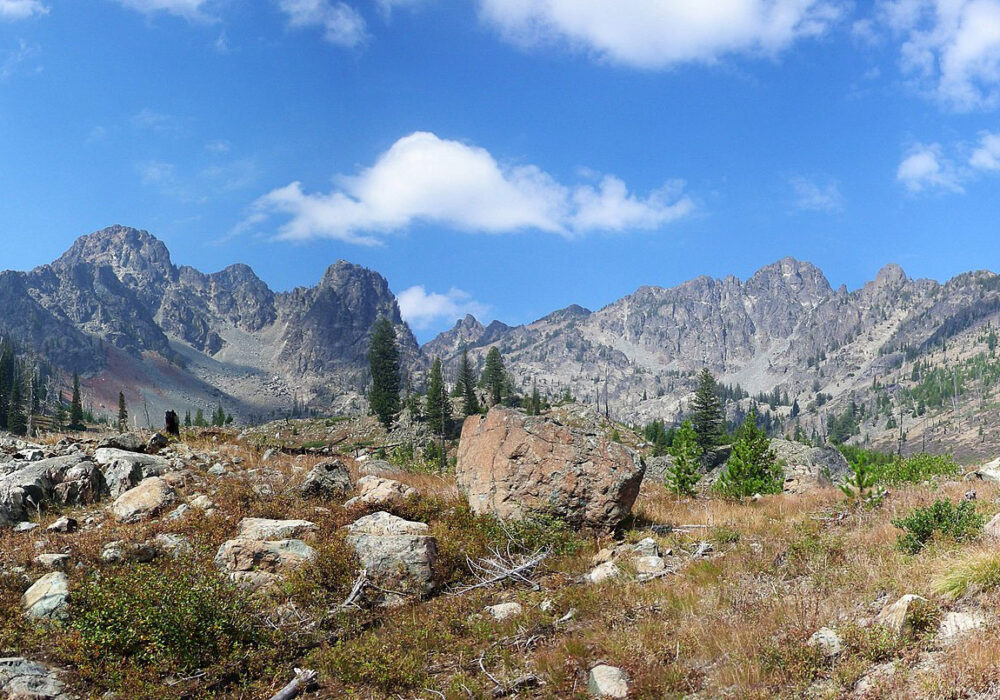
“Seven Devils Panorama” by Adumbvoget is licensed under CC BY 2.0.
The Seven Devils Mountains extend approximately 50 miles along the Idaho-Oregon border, nestled within the Hells Canyon National Recreation Area. To the west, the Snake River carves out the deep trench of Hells Canyon, the deepest canyon in North America. To the east, the Salmon and Little Salmon Rivers create natural boundaries for the range.
The peaks of the Seven Devils were formed through a combination of volcanic activity, block faulting, and glaciation over millions of years. The tallest peaks, including He Devil and She Devil, rise over 9,400 feet above sea level. The range boasts one of the highest vertical rises in Idaho, with an elevation gain of 8,000 feet from the Snake River to the summit of He Devil in just eight miles. Glacial activity during the Pleistocene era left behind cirques, moraines, and dozens of pristine alpine lakes scattered throughout the range.
Exploring the Seven Devils Mountains
The Seven Devils Mountains are a haven for outdoor enthusiasts, offering a wide range of recreational opportunities and some of the most remote and rugged terrain in Idaho.
- Hiking & Backpacking: The Seven Devils Mountains feature an extensive network of trails, with the Seven Devils Loop Trail being the most popular. This 27-mile trail encircles the central portion of the range, providing access to dramatic peaks, alpine lakes, and panoramic views of Hells Canyon. Hikers can tackle the loop over several days, with campsites available near the lakes.
- Alpine Lakes: The Seven Devils are home to approximately 56 alpine lakes, many of which are accessible only by moderate to strenuous hiking. Lakes such as Cannon Lake, She Devil Lake, and Mirror Lake are renowned for their crystal-clear waters, excellent fishing, and serene camping spots.
- Camping: While dispersed camping is allowed throughout the range, designated sites include Seven Devils Campground and Windy Saddle Campground, both offering primitive amenities. For those venturing deeper into the wilderness, backcountry camping near the lakes and basins is a popular choice.
- Wildlife Viewing: The Seven Devils Mountains are teeming with wildlife, including elk, deer, mountain goats, black bears, and coyotes. Birdwatchers may spot golden eagles, hawks, and a variety of grouse. The subalpine grasslands bloom with wildflowers in July, attracting even more wildlife to the area.
Heaven’s Gate Lookout
One of the most iconic spots in the Seven Devils Mountains is Heaven’s Gate Lookout, located at an elevation of 8,429 feet. From this vantage point, visitors can enjoy sweeping views of four states—Idaho, Oregon, Washington, and Montana. On clear days, the lookout offers a stunning panorama of the Seven Devils range, the Wallowa Mountains in Oregon, and the deep chasm of Hells Canyon. The lookout is accessible via a short trail from the nearby parking area, making it a must-visit for anyone exploring the region.
Unique Features & Activities
- Mythical Names: The Seven Devils Mountains are known for their evocative peak names, including The Ogre, Devil’s Throne, Twin Imps, and Tower of Babel. These names reflect the dramatic and otherworldly appearance of the rugged peaks.
- Fishing: Many of the alpine lakes offer excellent fishing opportunities for species such as trout. However, reaching these remote spots often requires a challenging hike, adding to the adventure.
- Climbing: The Seven Devils provide diverse climbing opportunities, from easy Class 1 hikes to more technical Class 5 climbs. Climbers should be prepared for loose rock and challenging route finding.
- Winter Recreation: During the colder months, the Seven Devils transform into a snow-covered wonderland, perfect for snowshoeing and cross-country skiing. However, access is limited due to heavy snowfall, so plan accordingly.
Flora & Fauna
The Seven Devils Mountains host a diverse array of ecosystems, ranging from low-elevation grasslands to subalpine meadows and forests. Wildflowers such as lupine, Indian paintbrush, and stonecrop blanket the slopes in the summer months, while hardy species like whitebark pine dominate the higher elevations.
Wildlife enthusiasts can encounter a variety of species, including mountain goats grazing on rocky cliffs, yellow-bellied marmots scurrying across the talus slopes, and pika gathering food for winter. Golden eagles are often seen soaring above the peaks, while the forests provide habitat for black bears and deer.
Access & Safety Tips
The Seven Devils Mountains are remote and rugged, requiring careful planning to ensure a safe and enjoyable trip:
- Getting There: The range is accessible via Forest Road 517 from Riggins, Idaho. From U.S. Highway 95, follow the well-marked route to Windy Saddle Campground and the Heaven’s Gate Lookout.
- Safety Precautions: Weather in the Seven Devils can change rapidly. Always carry appropriate clothing, footwear, and gear, and be prepared for sudden storms or cold temperatures, even in the summer.
- Leave No Trace: To preserve the pristine beauty of the wilderness, follow Leave No Trace principles. Camp at least 200 feet from water sources, pack out all trash, and avoid disturbing the local flora and fauna.
- Maps & Navigation: The rugged terrain of the Seven Devils can be challenging to navigate. Carry a detailed map of the area and a reliable GPS device or compass.
Hells Canyon National Recreation Area
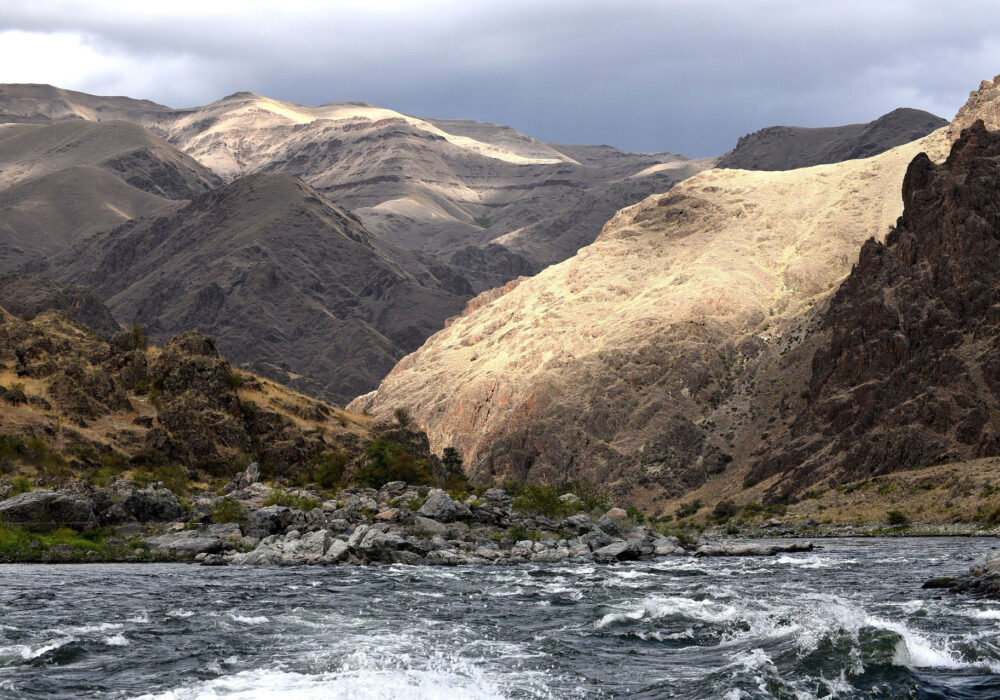
The Seven Devils Mountains are part of the Hells Canyon National Recreation Area, which spans over 650,000 acres along the Snake River. This area was designated by Congress in 1975 to protect the region’s unique natural and cultural heritage. Within the recreation area lies the Hells Canyon Wilderness, encompassing 60,000 acres of the Seven Devils range. This designation ensures the preservation of the area’s wild character while allowing for recreational activities such as hiking, fishing, and wildlife viewing.
Why the Seven Devils Mountains are a Beautiful Place to Visit in Idaho
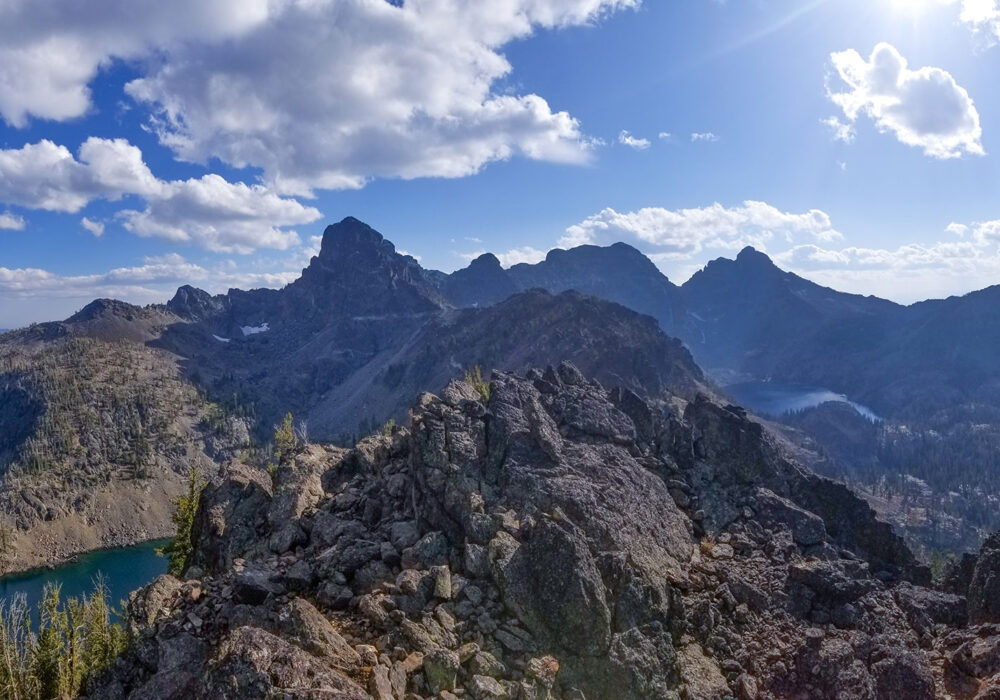
The Seven Devils Mountains are a testament to Idaho’s untamed beauty and rich natural history. Whether you’re scaling the jagged peaks of He Devil and She Devil, exploring the serene alpine lakes, or marveling at the panoramic views from Heaven’s Gate, the Seven Devils offer an unforgettable experience for adventurers of all kinds.
For anyone seeking to explore the rugged wilderness and breathtaking landscapes of Idaho, the Seven Devils Mountains are a destination that should not be missed. From their mythical names to their dramatic scenery, these peaks embody the spirit of the Gem State, providing endless opportunities for exploration and inspiration.
Quick Facts About the Seven Devils Mountains
- Location: The Seven Devils Mountains stretch along the Idaho-Oregon border, with the Snake River forming their western boundary and the Salmon and Little Salmon Rivers to the east.
- Highest Peaks: The range’s tallest peaks, He Devil and She Devil, exceed 9,400 feet, with He Devil boasting one of Idaho’s highest vertical rises of 8,000 feet in just eight miles.
- Rugged Terrain: Known for its dramatic cliffs, jagged peaks, and deep canyons, the Seven Devils Mountains feature evocative names like Tower of Babel, The Ogre, and Devil’s Throne.
- Hells Canyon: The mountains are part of the Hells Canyon National Recreation Area, home to the deepest river gorge in North America, carved by the Snake River.
- Alpine Lakes: The range boasts approximately 56 alpine lakes, many of which are excellent spots for fishing and remote camping.
- Seven Devils Loop Trail: This popular 27-mile loop trail encircles the central peaks, providing stunning views, access to lakes, and opportunities for multi-day hikes.
- Wildlife: The area is rich in wildlife, including mountain goats, elk, deer, golden eagles, black bears, and yellow-bellied marmots.
- Heaven’s Gate Lookout: At an elevation of 8,429 feet, this lookout offers panoramic views of four states—Idaho, Oregon, Washington, and Montana.
- Geological Marvel: The mountains were shaped by volcanic activity, block faulting, and glaciation, resulting in dramatic U-shaped valleys and striking rock formations.
- Wilderness Area: The Seven Devils include approximately 60,000 acres of wilderness within the Hells Canyon Wilderness, ensuring the preservation of this rugged and remote landscape.
Idaho’s Mammoth Cave
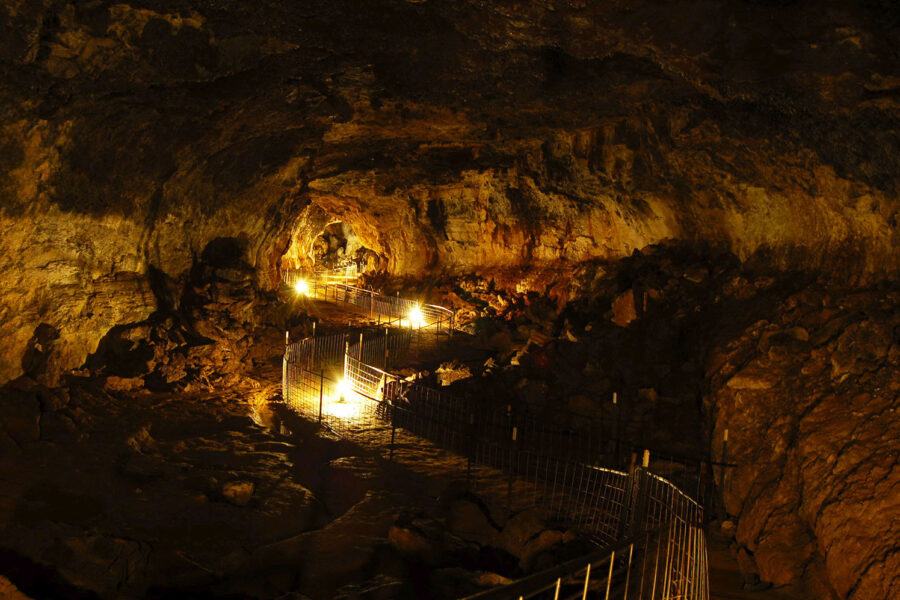
Planning a trip to Idaho? Don’t forget to put Idaho’s Mammoth Cave at the top of your list. As one of the most beautiful places to visit in Idaho, you can explore a unique and awe-inspiring underground landscape at your own personal pace with our self-guided tours. In addition to the cave, there are two privately owned museums of natural history on-site, the Shoshone Bird Museum and the Richard Arthur Olsen Museum featuring a wealth of exhibits that has earned them nickname “The Smithsonian of the Desert,” making it an unforgettable stop for the whole family.
Located eight miles north of Shoshone, Idaho, on Highway 75, Idaho’s Mammoth Cave will be open for seasonal tours from May – October, from 10 a.m. to 6 p.m. (with the last tours of the day going out at 5 p.m.), 7 days a week, including all major holidays. For more information, visit idahosmammothcave.com or call (208) 329-5382.
